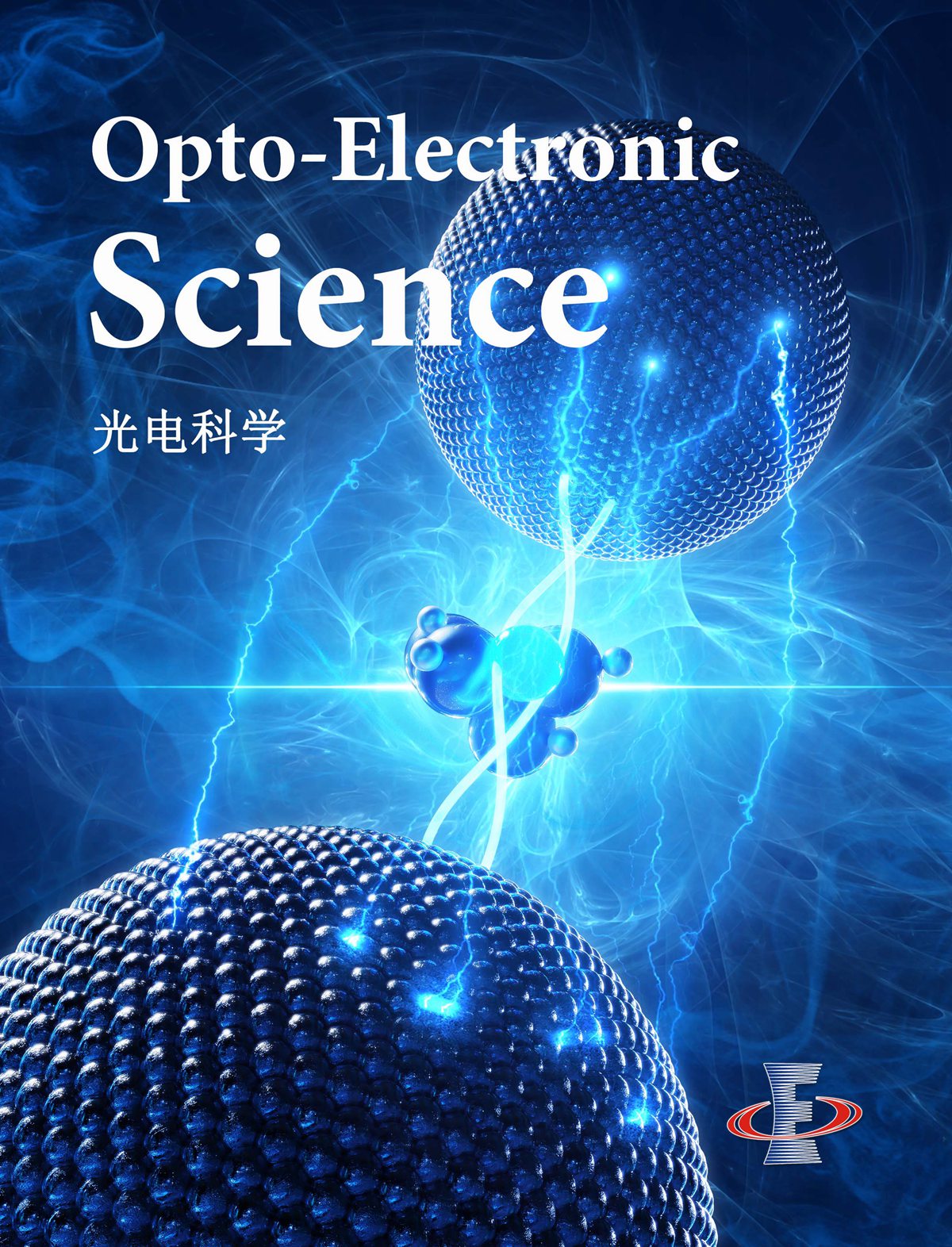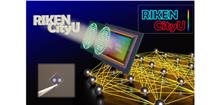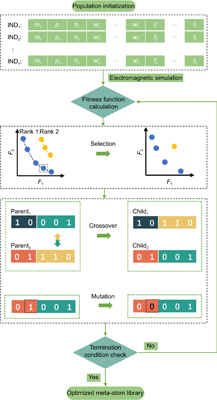 View fulltext
View fulltext
The increasing popularity of the metaverse has led to a growing interest and market size in spatial computing from both academia and industry. Developing portable and accurate imaging and depth sensing systems is crucial for advancing next-generation virtual reality devices. This work demonstrates an intelligent, lightweight, and compact edge-enhanced depth perception system that utilizes a binocular meta-lens for spatial computing. The miniaturized system comprises a binocular meta-lens, a 532 nm filter, and a CMOS sensor. For disparity computation, we propose a stereo-matching neural network with a novel H-Module. The H-Module incorporates an attention mechanism into the Siamese network. The symmetric architecture, with cross-pixel interaction and cross-view interaction, enables a more comprehensive analysis of contextual information in stereo images. Based on spatial intensity discontinuity, the edge enhancement eliminates ill-posed regions in the image where ambiguous depth predictions may occur due to a lack of texture. With the assistance of deep learning, our edge-enhanced system provides prompt responses in less than 0.15 seconds. This edge-enhanced depth perception meta-lens imaging system will significantly contribute to accurate 3D scene modeling, machine vision, autonomous driving, and robotics development.
Metasurfaces, composed of planar arrays of intricately designed meta-atom structures, possess remarkable capabilities in controlling electromagnetic waves in various ways. A critical aspect of metasurface design involves selecting suitable meta-atoms to achieve target functionalities such as phase retardation, amplitude modulation, and polarization conversion. Conventional design processes often involve extensive parameter sweeping, a laborious and computationally intensive task heavily reliant on designer expertise and judgement. Here, we present an efficient genetic algorithm assisted meta-atom optimization method for high-performance metasurface optics, which is compatible to both single- and multi-objective device design tasks. We first employ the method for a single-objective design task and implement a high-efficiency Pancharatnam-Berry phase based metalens with an average focusing efficiency exceeding 80% in the visible spectrum. We then employ the method for a dual-objective metasurface design task and construct an efficient spin-multiplexed structural beam generator. The device is capable of generating zeroth-order and first-order Bessel beams respectively under right-handed and left-handed circular polarized illumination, with associated generation efficiencies surpassing 88%. Finally, we implement a wavelength and spin co-multiplexed four-channel metahologram capable of projecting two spin-multiplexed holographic images under each operational wavelength, with efficiencies over 50%. Our work offers a streamlined and easy-to-implement approach to meta-atom design and optimization, empowering designers to create diverse high-performance and multifunctional metasurface optics.











